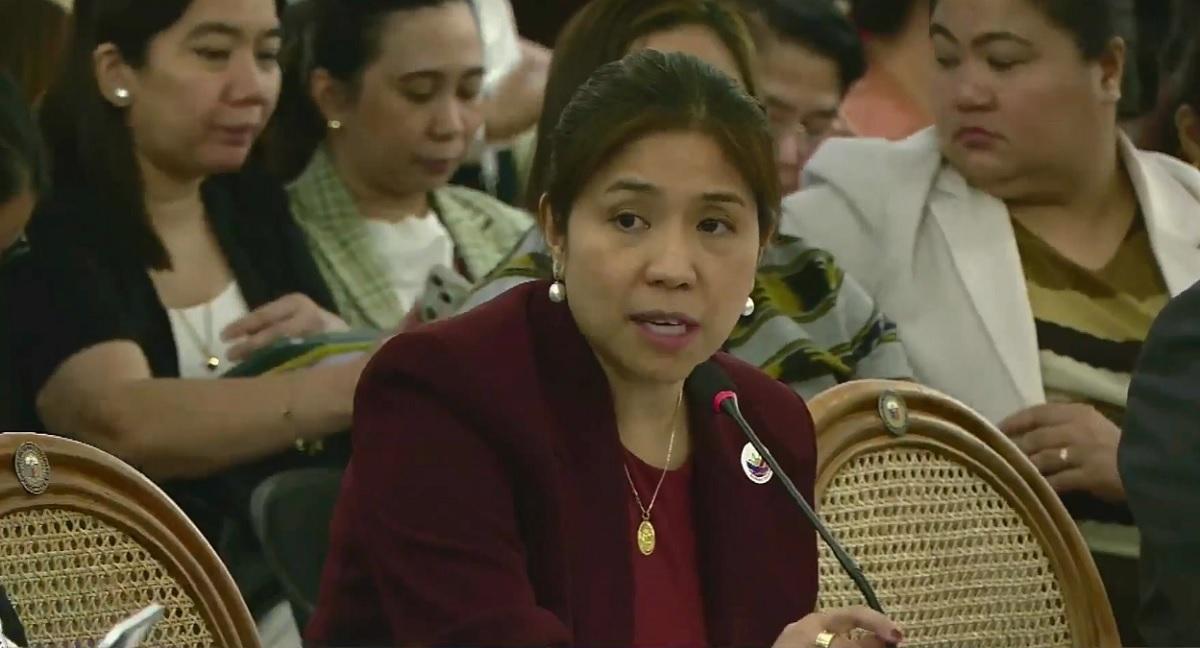Budget Concerns Rise: Philippines Struggles to Meet International Education & Health Spending Goals

Manila, Philippines – The Department of Budget and Management (DBM) has acknowledged that the Philippines faces challenges in meeting international standards for spending on education and health, despite the proposed P6.793-trillion budget for 2026. While the current allocations for education, social protection, and health programs are deemed sub-optimal, the DBM maintains that available resources limit the possibility of further increases.
This announcement has sparked debate among economists and advocacy groups, who argue that increased investment in these crucial sectors is essential for the country's long-term development and the well-being of its citizens. International benchmarks, often set by organizations like the World Health Organization (WHO) and UNESCO, suggest that countries should allocate a certain percentage of their GDP to education and healthcare to ensure adequate access and quality services.
Current Budget Allocation: A Closer Look
The proposed budget allocates funds across various sectors, with education receiving a significant portion. However, critics point out that the actual spending on key areas within education, such as teacher training, infrastructure development, and student scholarships, may fall short of what is needed to achieve quality education for all Filipinos. Similarly, healthcare spending faces concerns regarding its ability to address the country's growing health needs, including pandemic preparedness, access to essential medicines, and the strengthening of public health facilities.
The DBM’s statement emphasizes the fiscal constraints facing the government. With competing demands from other sectors, such as infrastructure, defense, and debt servicing, finding additional funds for education and health proves difficult. The agency is committed to optimizing existing resources and exploring innovative financing mechanisms to maximize the impact of the budget.
The International Standard: A Benchmark for Progress
Many developed nations dedicate a considerably larger percentage of their GDP to education and health. For example, countries in Europe often allocate over 5% of their GDP to healthcare, while others invest heavily in education to foster innovation and economic growth. The Philippines, with a lower allocation, faces the challenge of improving outcomes with limited resources.
Moving Forward: Potential Solutions
Experts suggest several potential solutions to address the funding gap. These include:
- Tax reforms: Implementing progressive tax policies can generate additional revenue for social programs.
- Private sector partnerships: Encouraging collaboration between the government and private sector can leverage resources and expertise.
- Efficiency improvements: Streamlining government processes and reducing corruption can free up funds for essential services.
- Prioritized spending: Carefully evaluating and prioritizing spending within each sector can ensure that resources are directed to the most impactful programs.
The debate surrounding the budget allocation highlights the ongoing need for a national conversation about prioritizing investments in human capital. Adequate funding for education and health is not merely a financial matter; it is an investment in the future of the Philippines and the well-being of its people. The DBM’s challenge lies in finding sustainable solutions to meet these critical needs within the existing fiscal constraints, while striving to align with international standards and best practices.






